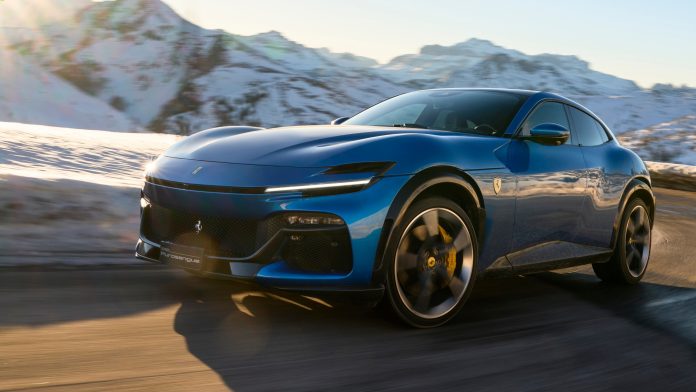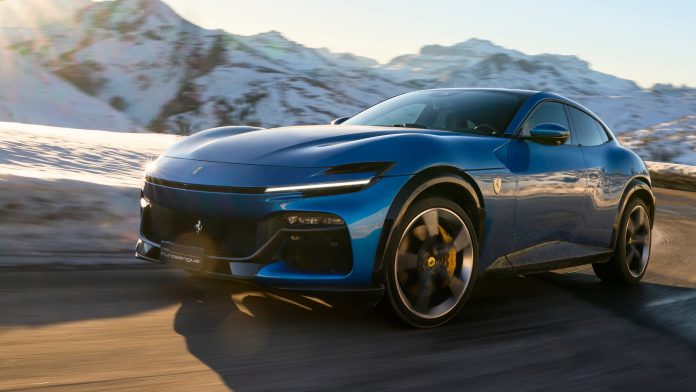Ferrari Adjusts Prices in Response to U.S. Tariffs
Ferrari has announced price increases of up to 10% on specific models as a result of new U.S. import tariffs set to take effect on April 2. The Italian luxury automaker is adapting its pricing strategy to offset the impact of the 25% tariffs imposed on all imported vehicles.

Photo By: Ferrari
These tariffs are expected to affect Ferrari more than many other European manufacturers since all its production remains in Italy.
To mitigate the impact on its customers, Ferrari will absorb the higher import costs for certain models while passing a portion of the added expense onto others. Vehicles such as the 296, SF90, and Roma will not see price increases, regardless of their import date. However, models like the Purosangue and the 12Cilindri will experience price adjustments of up to 10%.
Orders placed before April 2 will maintain their original commercial terms, ensuring buyers will not face additional costs related to the tariff increase. Ferrari will handle the duty costs on select models for vehicles imported after the deadline while implementing partial price adjustments for other models.
Despite the tariff challenges, Ferrari has reaffirmed its financial targets for 2025. However, it warned of a potential 50 basis-point reduction in both its earnings before interest and tax (EBIT) and earnings before interest, tax, depreciation, and amortization (EBITDA) margins. The company continues to target an adjusted EBITDA margin of at least 38.3% and an EBIT margin of at least 29.0%.
Ferrari’s U.S. market remains its largest, accounting for a quarter of its shipments last year. The automaker recently reported that its order book is fully covered through 2026, driven by strong demand for the 12Cilindri.
By implementing strategic price adjustments and maintaining stable financial targets, Ferrari aims to navigate the impact of tariffs while sustaining its competitive position in the U.S. luxury car market.



